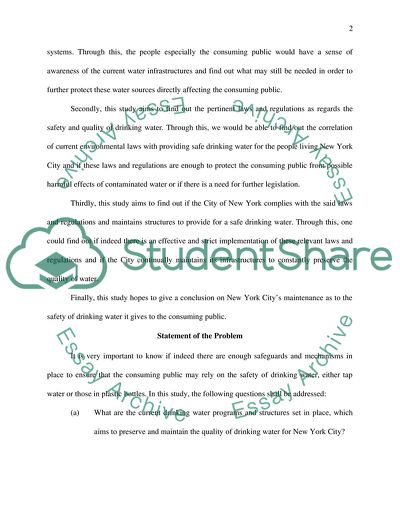Cite this document
(Drinking Water in New York City Case Study Example | Topics and Well Written Essays - 2000 words, n.d.)
Drinking Water in New York City Case Study Example | Topics and Well Written Essays - 2000 words. https://studentshare.org/environmental-studies/1716479-new-york-city-tap-water-law-environment-issues
Drinking Water in New York City Case Study Example | Topics and Well Written Essays - 2000 words. https://studentshare.org/environmental-studies/1716479-new-york-city-tap-water-law-environment-issues
(Drinking Water in New York City Case Study Example | Topics and Well Written Essays - 2000 Words)
Drinking Water in New York City Case Study Example | Topics and Well Written Essays - 2000 Words. https://studentshare.org/environmental-studies/1716479-new-york-city-tap-water-law-environment-issues.
Drinking Water in New York City Case Study Example | Topics and Well Written Essays - 2000 Words. https://studentshare.org/environmental-studies/1716479-new-york-city-tap-water-law-environment-issues.
“Drinking Water in New York City Case Study Example | Topics and Well Written Essays - 2000 Words”. https://studentshare.org/environmental-studies/1716479-new-york-city-tap-water-law-environment-issues.


